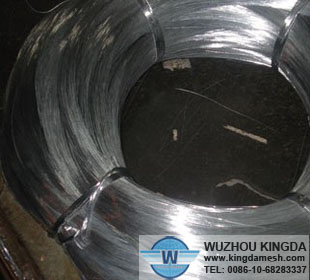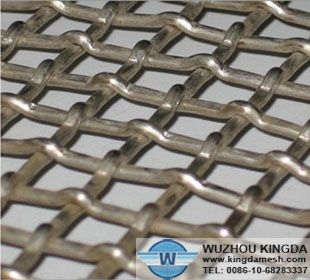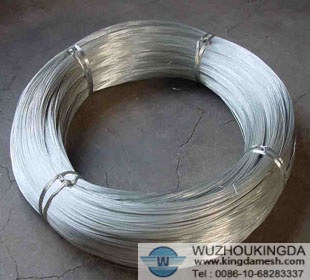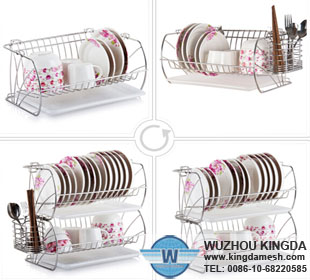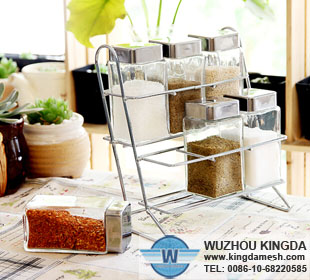Galvanized Wire Uses
Galvanized Wire Uses
Galvanized wire comes in single strands or in multiple strands twisted to form a metal rope. Wire makers also manufacture metal meshes of various densities, called chicken wire or metal fabric. Coating the wire with zinc galvanizes the wire. This makes the metal resistant to corrosion when exposed to outdoor elements. Galvanized wire can be soft or hard. These attributes make galvanized wire adaptable for numerous uses.
Yard Ornament Armatures
Create square lines or round contours with galvanized wire armatures. Use galvanized wire fabric or chicken wire as a framework to support and reinforce concrete yard ornaments. For example, wrap stiff wire mesh around a hollow tube to create a column for a birdbath. Mix concrete according to package directions and cover the wire mesh. Fill all the vacant places along the mesh pattern. Add a second layer of concrete to cover any wire showing through. Encircle rolled chicken wire around the bottom of the column to form a base. Apply concrete to the base following the same used for the column.
Small Animal Cages
Galvanized wire fabric comes in different patterns and strengths to make animal cages. Small pets, such as, mice, hamsters and rabbits have sharp teeth that can chew through wood. To keep your pet safely contained, nail chicken wire or galvanized wire mesh to the inside of the cage frame. Use fencing nails made to attach the wire to wood. Fencing nails are "u" shaped and made specifically for this application. Build the enclosure to fit into a galvanized metal tray for removal and cleaning.
Antenna Guy-Wire
Guy-wires keeps rooftop antennas from bending and breaking in the wind. Stabilize outdoor television and radio antennas with galvanized wire. Before raising the antenna, measure and cut three separate guy-wires to the appropriate length. Fasten a guy-ring attachment, to the upper portion of the pole about five feet below the antenna. Raise the antenna pole. Secure the pole to a roof eave, or designated anchor. Wrap the loose ends of the wire through eye-screws secured to the roof or anchors in the ground. Place the guy-wires at 45-degree angles from the pole and at least 120-degrees from each other.
Dog Run
Install a dog run as an alternative to the traditional chain and stake. Find an area free of obstacles and trees to place the run. Measure and mark a distance to allow the dog to run back and forth between two poles. Dig a hole about 12 inches deep for each pole and add a 2-inch layer of gravel in the bottoms. Place the end of each post on the gravel in its hole, and fill in the rest of the opening with concrete. Allow the concrete to dry. Attach strong eyes to the top of each pole. If you have wooden poles, use a simple screw-in eye for each. Place the wheel of a small pulley on galvanized wire that's long enough to reach from one pole to the other. Attach one end of the wire to one of the poles near the top. Pull the wire taut and attach it to near the top of the other pole. Attach one end of a tether strong enough for the size of your dog to the pulley, and the other end of the tether to the dog's collar.
